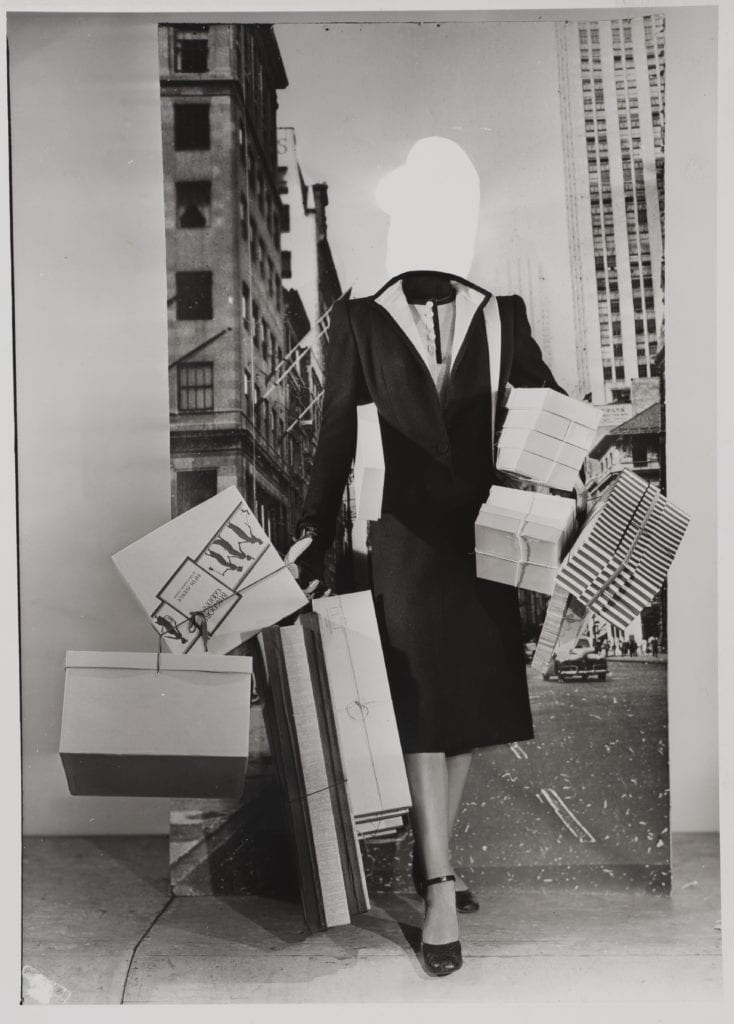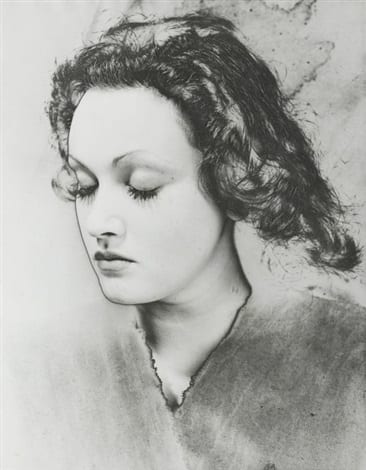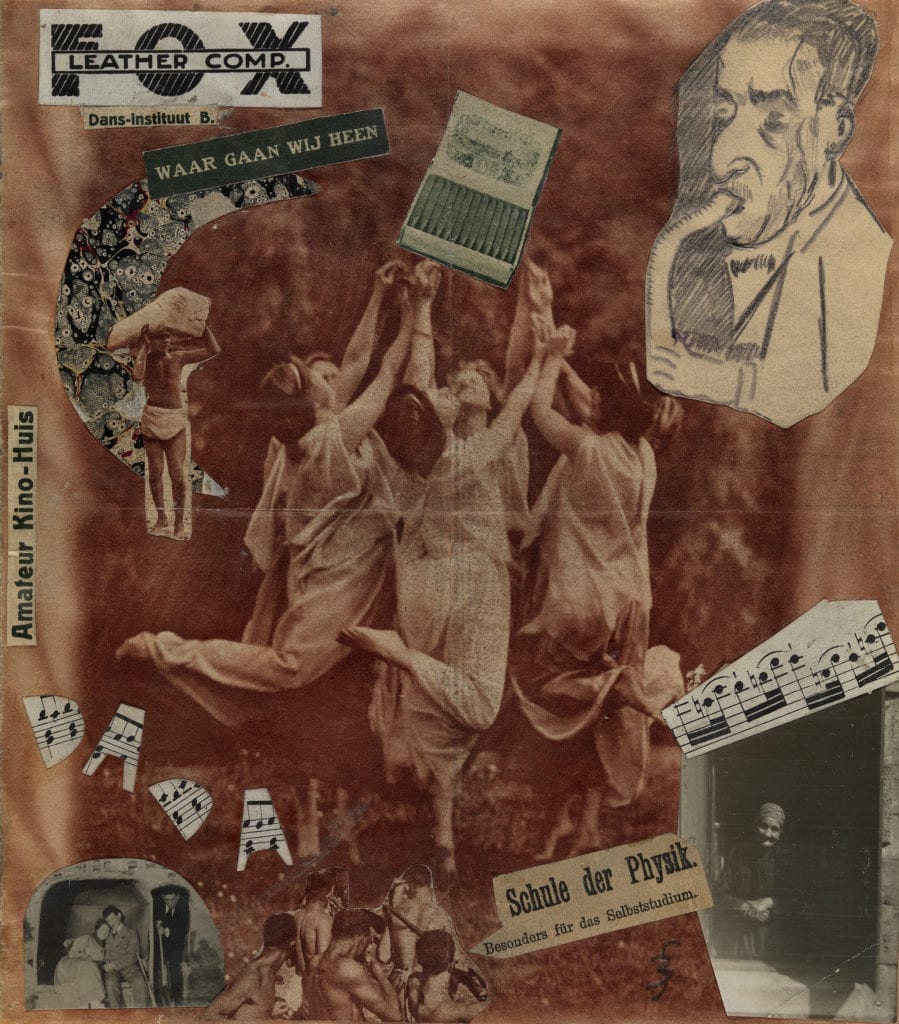Erwin Blumenfeld proved himself to be one of photography’s greatest pioneers during his 35-year-long career, breaking new ground in formal experimentation, developing innovative concepts through his fashion shoots, and enjoying unprecedented commercial success as a result.
And yet the division of his archive – some 30,000 negatives and 8,000 prints distributed among his family after his death in 1969 – has left Blumenfeld’s impressive oeuvre somewhat underappreciated in the years since.
Erwin Blumenfeld: From Dada to Vogue, is the most comprehensive retrospective of his work for nearly 20 years, is aiming to change all that.

The exhibition, at Osborne Samuel gallery in London, is subdivided in chronological order according to his own biography: Berlin, Amsterdam, Paris and New York.
Blumenfeld’s entry into photography was somewhat serendipitous: in the early 1930s, while running a leather shop in Amsterdam, he uncovered a fully equipped darkroom behind a boarded-up door in a storeroom, allegedly left behind by a previous tenant.
So he began experimenting, eventually forging a path for himself as a portrait photographer and displaying his photos in the shop’s windows. His earliest creations – collages and satirical pieces created in the Dadaist tradition to channel his anti-war sentiment – are a fascinating insight into his work.

These pieces – experimental and imbued with a sense of humour that was to resonate through his brutally critical self-portraiture throughout his life – form a vital starting point to the exhibition.
More importantly, they signpost Blumenfeld’s determination to reject the photographic rulebook in favour of a defiant authenticity. As his practice evolved, Blumenfeld continued to reject photography’s formal limitations, playing instead with double and triple exposures, solarisation and high-contrast printing to achieve his uncompromising artistic vision.

As Blumenfeld turned from art to fashion photography – he made his debut in Vogue with the help of fashion royalty Cecil Beaton in 1944, and his dynamic concepts and exaltation of women made him a favourite among the most influential fashion magazines of the day – these progressive techniques only continued.
Now, 70 years on, Blumenfeld’s vision of 1940s and ’50s glamour has become iconic; his groundbreaking formal ideas the reference behind many images taken by contemporary photographers today. The exhibition pays tribute to Blumenfeld’s enduring legacy.
“It’s quite astounding,” says Proud. “A wonderful collection, actually.”
Erwin Blumenfeld: From Dada to Vogue at Osborne Samuel gallery in London runs until 29 October. For more information, go here.
